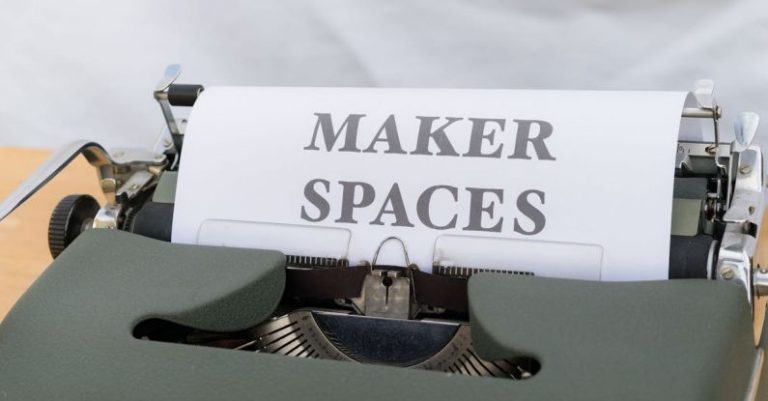What Are Emerging Trends in Sustainable Crafting?

Sustainable crafting is a growing movement that is gaining momentum as people become more conscious of their environmental impact. As consumers seek out eco-friendly alternatives to mass-produced goods, the demand for sustainable and ethically made products is on the rise. In response, artisans and crafters are exploring new techniques and materials to create beautiful and functional items that are both environmentally friendly and socially responsible. In this article, we will delve into the emerging trends in sustainable crafting that are shaping the future of handmade goods.
### Upcycling and Repurposing
One of the key trends in sustainable crafting is the emphasis on upcycling and repurposing materials. Instead of discarding items that are no longer in use, crafters are finding creative ways to give them new life. From turning old denim jeans into stylish tote bags to transforming glass jars into decorative vases, upcycling allows artisans to reduce waste and showcase their creativity. By using existing materials in innovative ways, crafters are able to create unique and eco-friendly products that have a story to tell.
### Natural Dyeing Techniques
Another trend in sustainable crafting is the use of natural dyeing techniques to color fabrics and yarns. Traditional dyeing methods often involve harsh chemicals that can harm the environment and the health of those who work with them. In contrast, natural dyes are derived from plant-based sources such as fruits, vegetables, and flowers, making them a safer and more sustainable choice. Crafters are experimenting with different dyeing processes to create a rainbow of colors using ingredients found in nature. This trend not only promotes eco-friendly practices but also adds a touch of authenticity and individuality to handmade goods.
### Zero Waste Practices
Zero waste practices are becoming increasingly popular in the world of sustainable crafting. Crafters are striving to minimize waste at every stage of the production process, from sourcing materials to packaging finished products. By using scraps and offcuts creatively, artisans are able to reduce their environmental footprint and create a more sustainable business model. Techniques such as patchwork quilting, fabric scrap weaving, and paper bead making are just a few examples of how crafters are embracing the challenge of zero waste crafting. This trend highlights the importance of resourcefulness and innovation in creating beautiful and functional items without contributing to landfill waste.
### Sustainable Sourcing
As consumers become more aware of the impact of their purchasing decisions, there is a growing demand for transparency and accountability in the supply chain. Sustainable crafting involves sourcing materials ethically and supporting fair trade practices. Artisans are increasingly choosing to work with suppliers who prioritize environmental stewardship and social responsibility. Whether it’s using organic cotton for textiles or supporting local farmers for natural ingredients, sustainable sourcing is a cornerstone of ethical crafting practices. By choosing to support artisans who prioritize sustainability, consumers can feel good about the products they purchase and the impact they have on the planet.
### Community Collaboration
Collaboration and community building are integral to the ethos of sustainable crafting. Artisans are coming together to share knowledge, resources, and support each other in their creative endeavors. Whether it’s organizing craft fairs, workshops, or online forums, the sense of community fosters a spirit of camaraderie and mutual inspiration. By working together, crafters can amplify their impact and reach a wider audience with their sustainable products. Community collaboration not only strengthens the sustainable crafting movement but also creates a sense of connection and belonging among like-minded individuals.
In conclusion, sustainable crafting is more than just a trend—it’s a way of life that embraces creativity, sustainability, and social responsibility. By upcycling and repurposing materials, using natural dyeing techniques, adopting zero waste practices, sourcing materials sustainably, and fostering community collaboration, artisans are leading the way towards a more sustainable future for handmade goods. As the demand for ethically made products continues to grow, sustainable crafting is poised to become a driving force in the handmade industry. By supporting artisans who prioritize sustainability, consumers can make a positive impact on the planet and support a more conscious approach to crafting.





